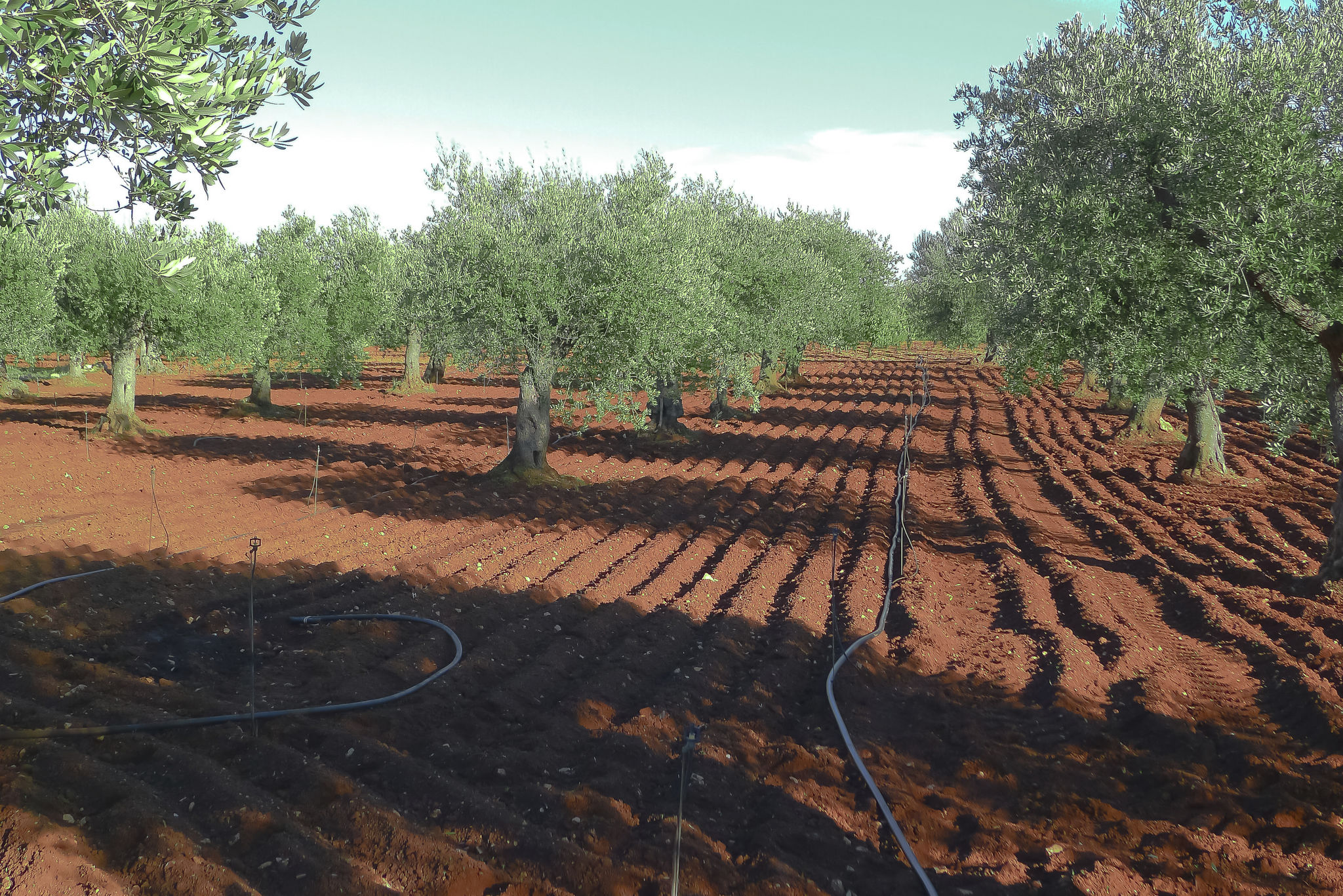The Impact of Arizona's Climate on Olive Farming
Understanding Arizona's Unique Climate
Arizona is renowned for its arid desert climate, characterized by low annual rainfall, high temperatures, and abundant sunshine. These conditions, while challenging for many types of agriculture, can be surprisingly beneficial for olive farming. The state’s climate closely mirrors that of the Mediterranean region, which is where olive trees thrive naturally. This makes Arizona an increasingly attractive location for cultivating olives.

The Role of Temperature and Sunshine
Olive trees require a specific range of temperatures to produce high-quality olives. In Arizona, the hot summers and mild winters provide an ideal environment. The intense sunshine ensures that the trees receive plenty of light, which is crucial for robust flowering and fruiting. Additionally, the state's warm temperatures reduce the risk of frost damage, a common concern in olive farming.
Another benefit of Arizona's climate is the extended growing season. The long, sunny days allow for a prolonged period of photosynthesis, giving olive trees ample time to develop their fruit. This can lead to higher yields and better-quality olives compared to regions with shorter growing seasons.
Challenges Posed by Limited Water Resources
While the climate offers many advantages, the scarcity of water in Arizona poses a significant challenge for olive farmers. Olive trees are drought-tolerant and can survive with minimal water, but for optimal growth and fruit production, they require a consistent water supply. Efficient irrigation systems are essential to manage water use effectively and sustainably.

Farmers often employ drip irrigation techniques to deliver water directly to the roots of the trees, minimizing waste and maximizing efficiency. This method not only conserves water but also ensures that the trees receive the moisture they need to thrive in an arid environment.
The Impact of Soil Conditions
In addition to temperature and water, soil quality plays a crucial role in olive farming. Arizona’s soil varies greatly across the state, with some areas offering fertile ground rich in nutrients, while others may be rocky or sandy. Olive trees are adaptable and can grow in various soil types, but well-drained soil with adequate nutrients will support healthier tree growth and better olive production.

Farmers often amend the soil with organic matter or fertilizers to improve its quality. Regular soil testing helps them understand the nutrient content and make informed decisions about what amendments are necessary to optimize their olive groves.
Conclusion: A Promising Future for Olive Farming in Arizona
Despite the challenges, the impact of Arizona's climate on olive farming is largely positive. The state’s warm temperatures, abundant sunshine, and adaptable soil conditions create a promising environment for growing olives. While water scarcity remains a concern, innovative irrigation practices and sustainable farming techniques offer solutions to overcome this hurdle.
As more farmers recognize the potential of olive farming in Arizona, the industry is poised for growth. With continued research and investment in water management strategies, Arizona could become a leading producer of olives in the United States, contributing significantly to the local economy.